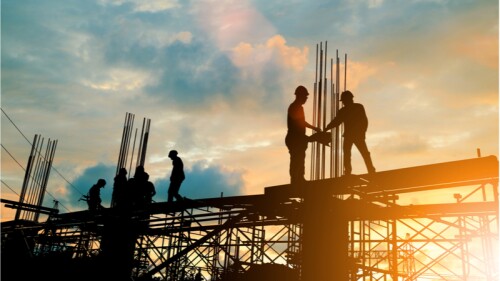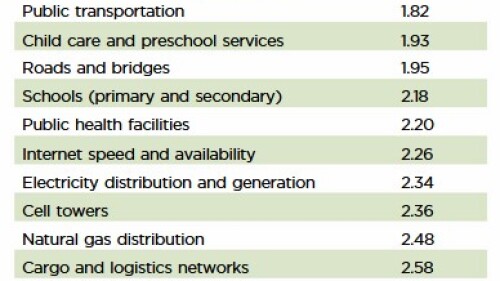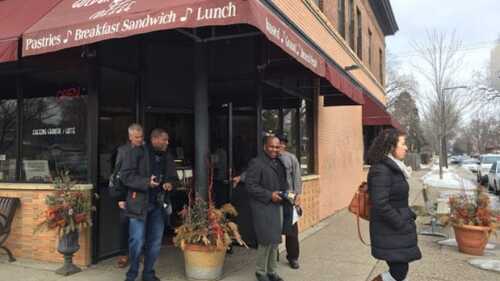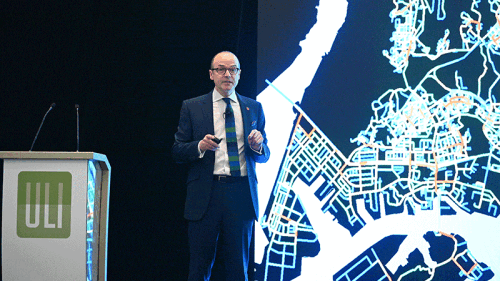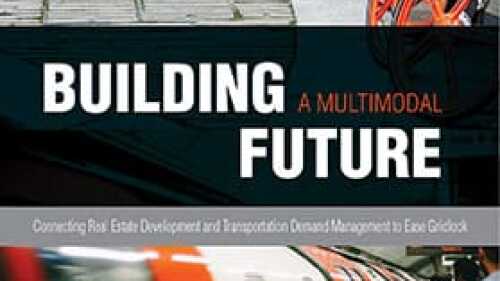Infrastructure
Coordinated Commuter Rail Would Support Equitable Regional Growth in Washington, D.C., Panelists Say
A coordinated regional commuter rail system envisioned for the national capital region could unlock opportunities and increase equity for residents and neighborhoods, panelists asserted during a session Thursday at the 2022 ULI Spring Meeting in San Diego.
Michael Spotts, a senior visiting research fellow at ULI’s Terwiliger Center for Housing and head of Neighborhood Fundamentals, recently appeared on the Talking Headways podcast. Spotts chats with us about takeaways from the Shaw Symposium on Urban Community Issues, the definition of infrastructure, and the importance of taking a systems approach to important interconnected topics like transportation, education, and health care.
Real estate developers and policymakers can promote equity, environmental resilience, and economic mobility by investing in forward-looking infrastructure, according to a new report from ULI. The report, Prioritizing Effective Infrastructure-Led Development, from the ULI Curtis Infrastructure Initiative, provides a comprehensive framework as the United States prepares to make its largest infrastructure investment in a generation.
A recent ULI webinar provided an overview of U.S. infrastructure spending and the details of the Infrastructure Investment and Jobs Act of 2021. Then the panelists discussed projects in Austin, Texas, and Washington, D.C., that demonstrate how infrastructure investment supports equitable and desirable development.
A survey conducted this spring by the ULI Curtis Infrastructure Initiative found that while the Institute’s members disagree about what exactly constitutes infrastructure, there is broad agreement that infrastructure creates the framework to enable real estate development, ensure economic development and housing opportunities, and provide connections for diverse communities. Asked to cite their top priority for infrastructure investment, members most often cited the stock of affordable housing.
Beginning in the 1950s, the Interstate Highway System began to span the continent, connecting cities across the United States and driving suburban development. But in many cities, these highway projects also physically divided communities and paved over neighborhoods. A ULI webinar hosted by the Curtis Infrastructure Initiative in September gave an update on the status of such projects in three cities—Atlanta, Austin, and St. Paul.
Improved connectivity leads to better cities and more profitable buildings, and data can play a crucial role in analyzing that connectivity and planning to maximize it, said a keynote speaker at the ULI Asia Pacific Leadership Convivium in Singapore.
In many American downtown areas and commercial centers, improvement districts are used as tools for revitalization, placemaking, and economic development. They improve the street presence and provide important marketing services for local businesses. But what if they could tackle larger infrastructure needs? Better yet, what if commercial real estate owners and investors could attract billions of public dollars and, in the process, create a new way to build roads, interchanges, and other important projects?
The United States has fallen behind other nations in crafting public/private partnerships to leverage resources for critically needed infrastructure improvements. A global panel of experts explores how that might be changed.
Transportation demand management policies that require access to travel options as part of the development process can be highly effective in the creation of communities that provide mixed-use, higher-density development without increasing traffic congestion, according to a new ULI publication.



